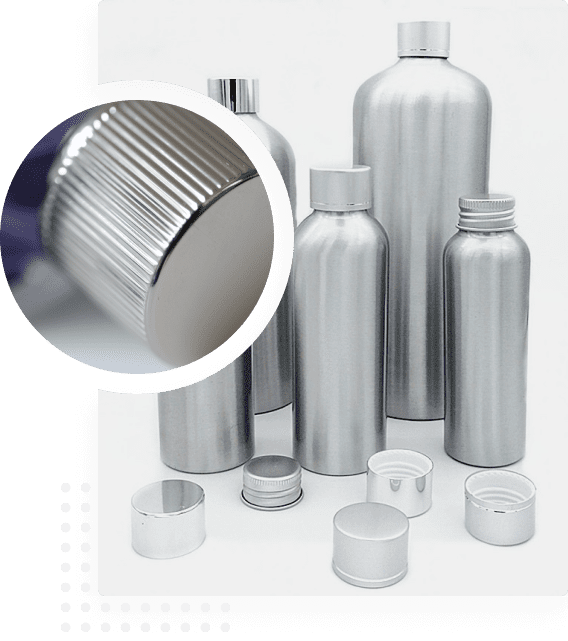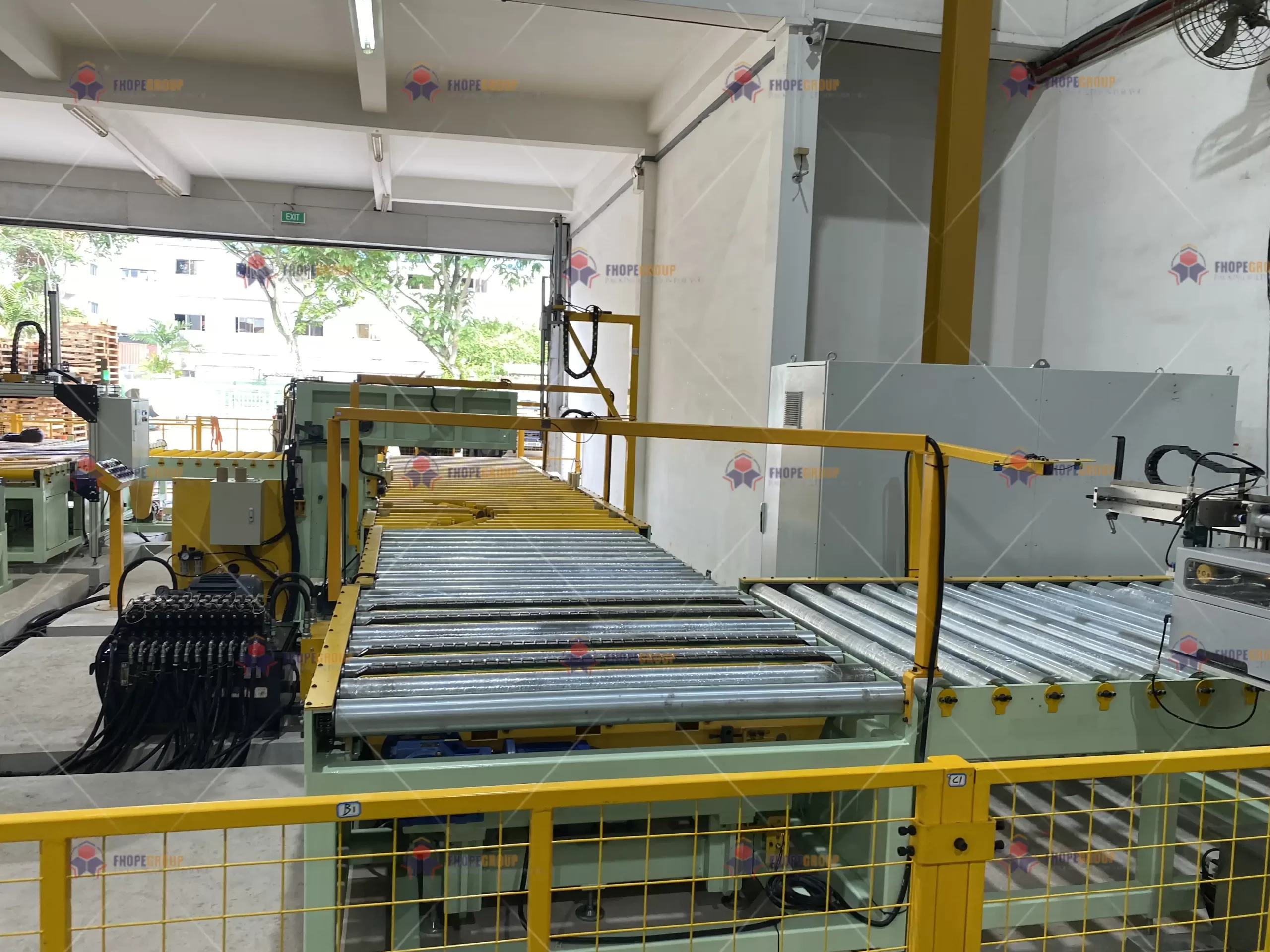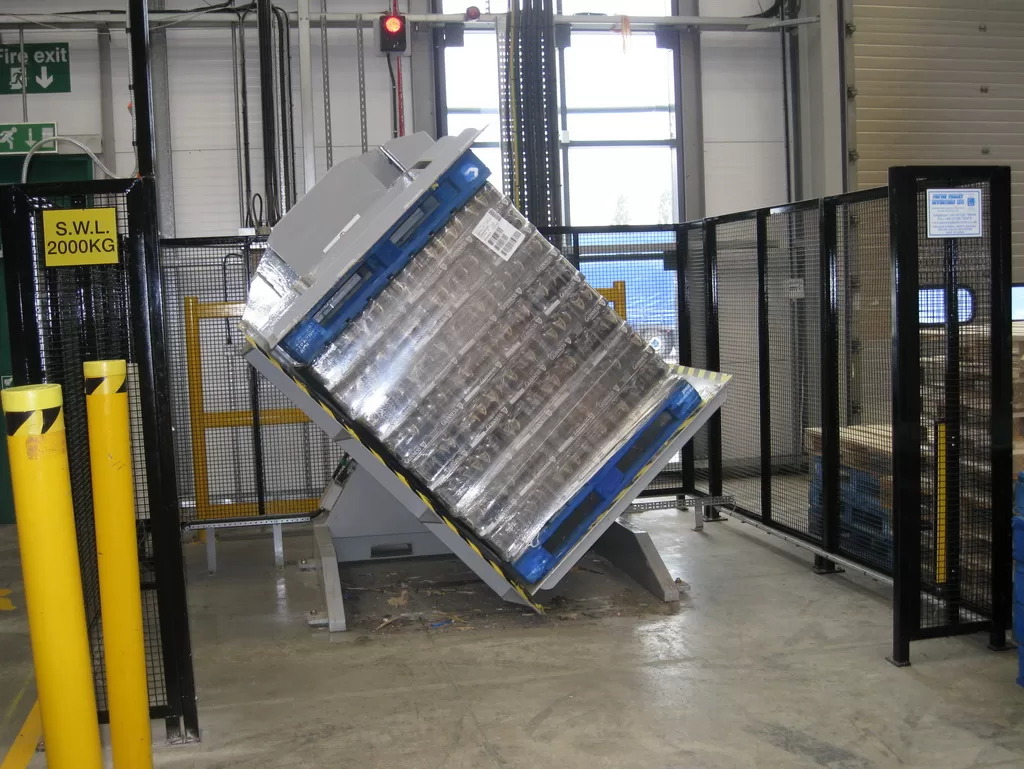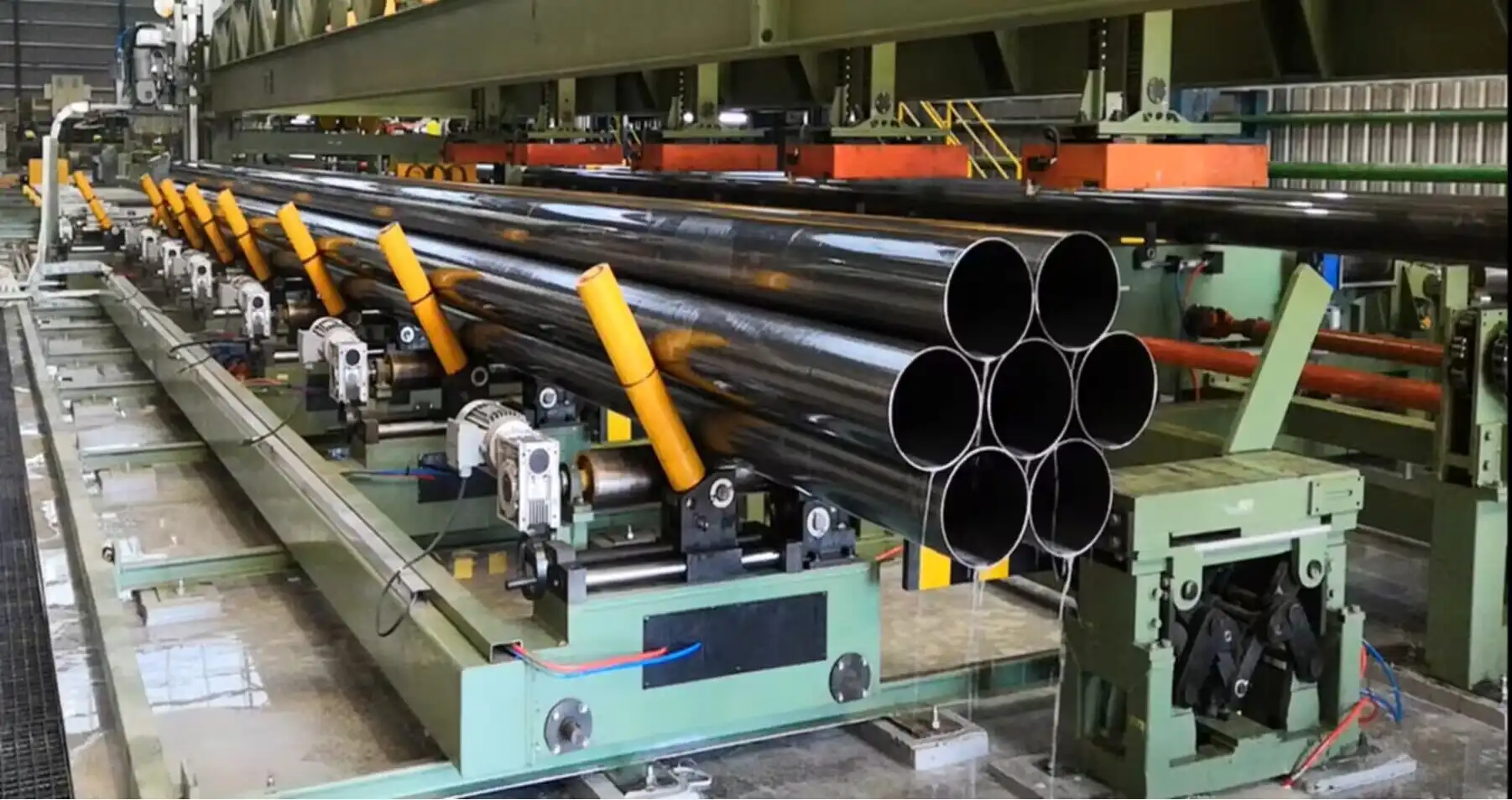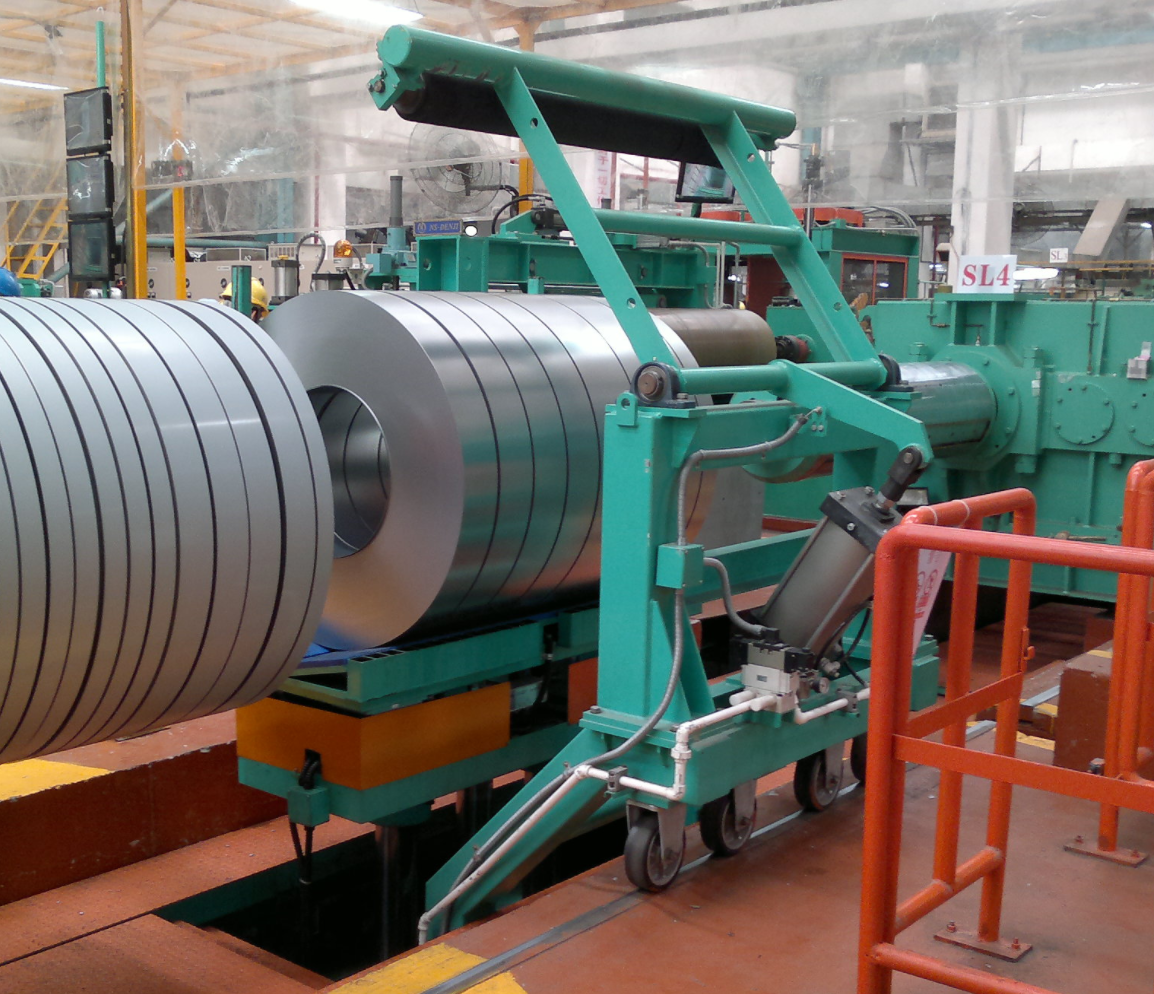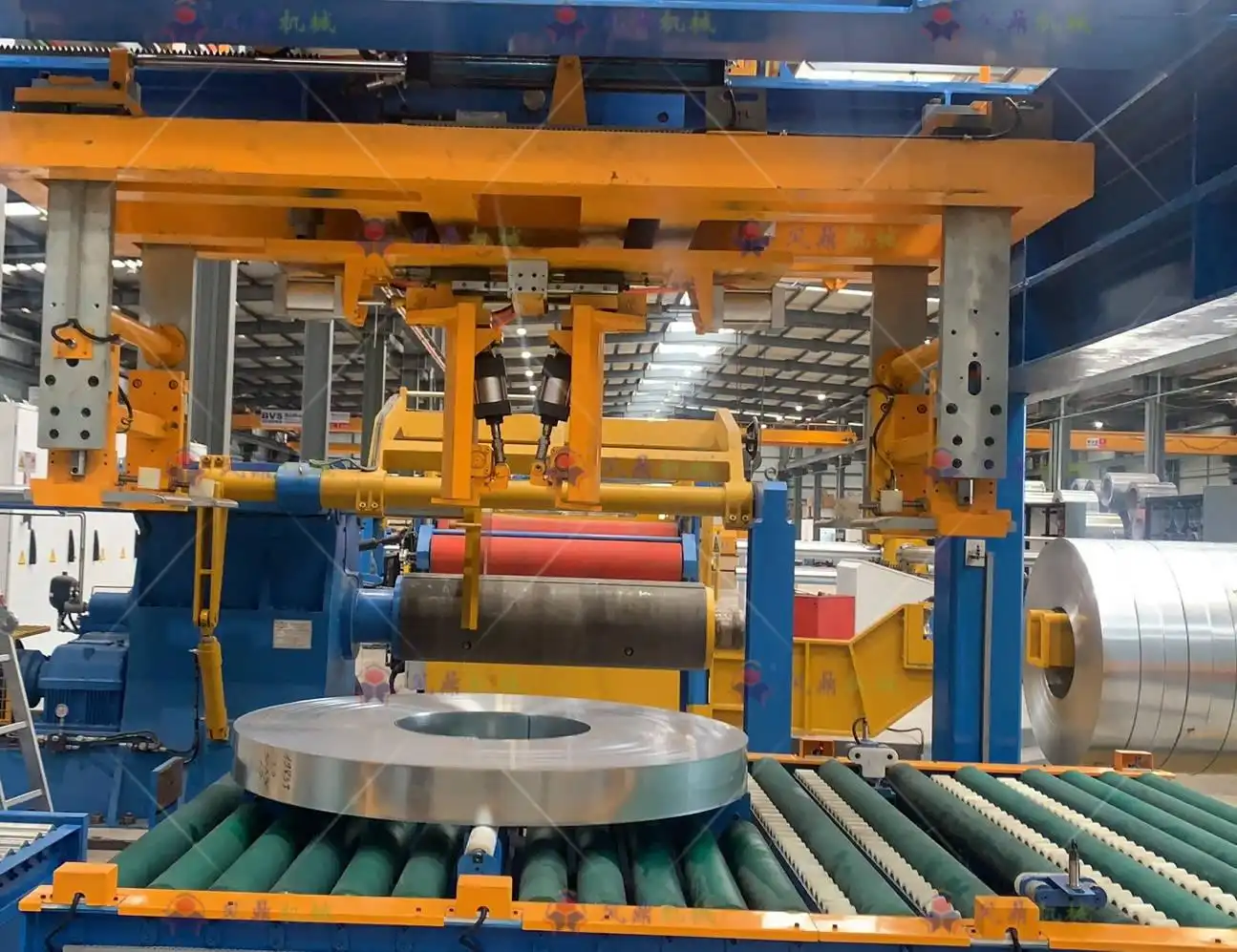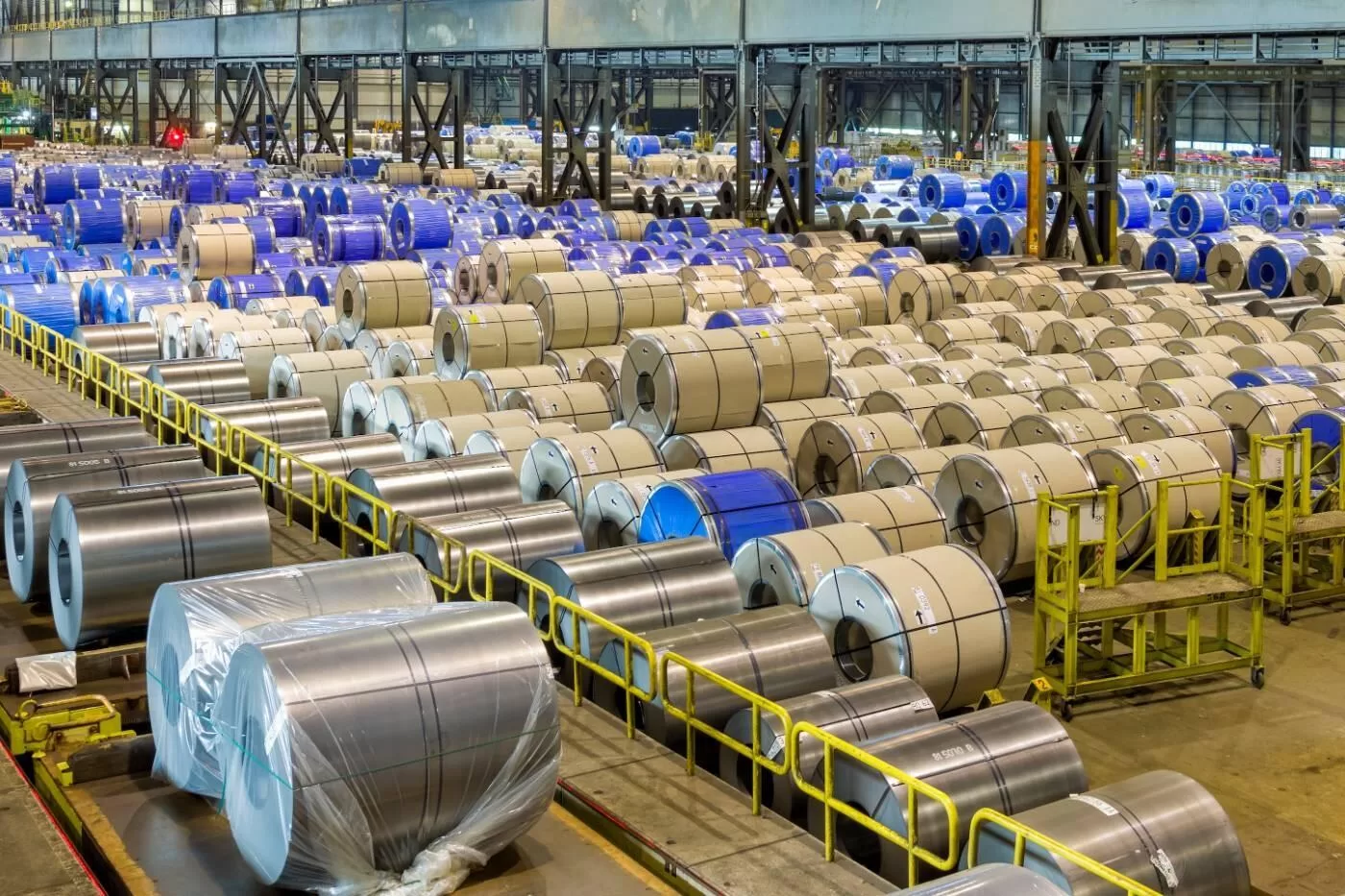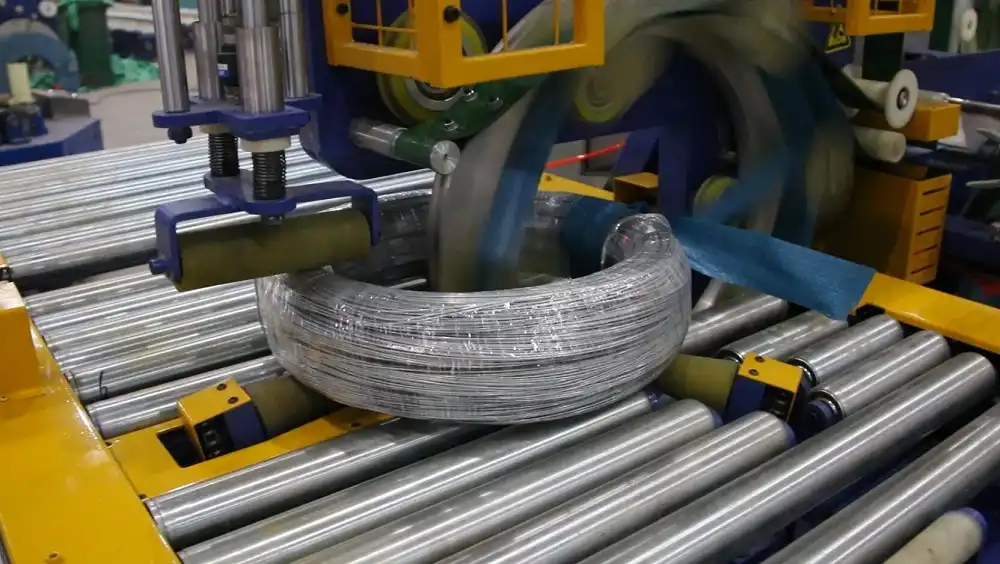Ensuring the safe and compliant transit of aerospace-grade aluminum coils requires adherence to stringent packaging standards to protect the material integrity, meet NASA/FAA compliance, and prevent damage during transportation.
Introduction: The Critical Role of Packaging
In the demanding aerospace industry, the integrity of materials is paramount. Aerospace-grade aluminum coil, prized for its strength-to-weight ratio and corrosion resistance, requires meticulous handling and protection throughout its supply chain. This begins at the point of manufacture and extends all the way to its final integration into aircraft or spacecraft components. Inappropriate or inadequate packaging can compromise the material’s properties, leading to costly delays, rework, or even complete rejection of the shipment. Therefore, adhering to stringent packaging standards is not merely a best practice, but a critical requirement for ensuring the safety, reliability, and cost-effectiveness of aerospace operations. This article will explore these packaging standards.
Why Aerospace-Grade Aluminum Coil Demands Special Packaging
Aerospace-grade aluminum coils are not ordinary materials; they are engineered for high-performance applications where even minor imperfections can have significant consequences. Their value and criticality necessitate specialized packaging solutions that address several key vulnerabilities:
- Physical Damage: Coils can be susceptible to dents, scratches, and deformation during handling and transport, which can affect their structural integrity and performance.
- Corrosion: Exposure to moisture, salt spray, or other corrosive elements can compromise the aluminum’s surface, reducing its lifespan and performance characteristics.
- Contamination: Dust, dirt, oil, or other contaminants can adhere to the coil’s surface, interfering with subsequent manufacturing processes or affecting the final product’s properties.
- Compliance: The FAA and NASA maintain strict material handling guidelines for aerospace aluminium. Packages must be clearly labeled and traceable.
Key Elements of Aerospace-Grade Aluminum Coil Packaging Standards
To mitigate these risks, aerospace-grade aluminum coil packaging standards typically encompass the following elements:
Material Selection
- Core Protection: The core around which the aluminum coil is wound must be robust enough to prevent collapse or deformation during handling and transit. Common materials include fiber, aluminum, steel, and plastic, with the choice depending on the coil’s weight and size.
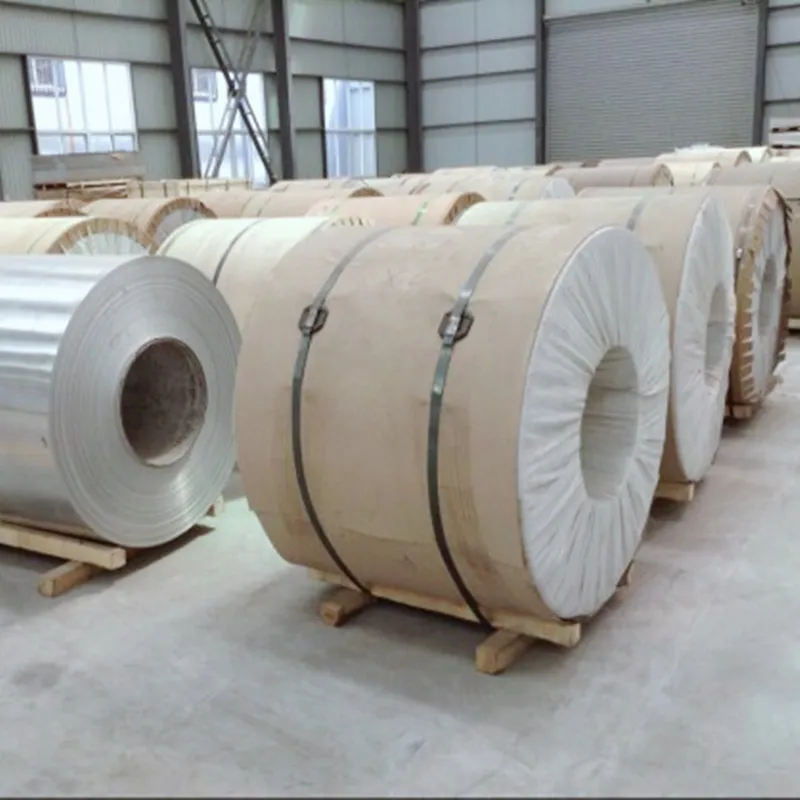
- Moisture Barrier: A moisture-resistant barrier, such as polyethylene film or vapor-inhibiting paper, should be used to protect the coil from humidity and condensation.
- Edge Protection: Corner boards, edge protectors, and other cushioning materials should be employed to prevent damage to the coil’s edges, which are particularly vulnerable to dents and scratches.
- Outer Packaging: The outer packaging, typically wooden pallets or crates, must be strong enough to withstand the rigors of handling and transport. Export packaging should conform to IPPC International Standards to prevent the spread of pests and diseases.
Packaging Procedures
- Cleaning: Before packaging, the aluminum coil should be thoroughly cleaned to remove any dirt, oil, or other contaminants.
- Wrapping: The coil should be tightly wrapped with the moisture barrier material, ensuring complete coverage and sealing all seams.
- Cushioning: Edge protectors, corner boards, and other cushioning materials should be strategically placed to provide maximum protection against physical impact.
- Securing: The coil should be securely fastened to the pallet or crate using banding straps or other appropriate fasteners. The straps should be tightened appropriately to prevent movement during transit without damaging edges.
- Labeling: The packaging should be clearly labeled with information such as the alloy type, dimensions, weight, and any special handling instructions.
Environmental Considerations
Aerospace packaging must be designed to withstand environmental factors such as solar radiation and extreme temperature. Aluminium packaging must be coated with layers of UV-resistant finish, particularly for long journeys on cargo ships. Materials must also be stored in temperature-controlled areas to minimize the risk of corrosion.
Transportation and Handling
- Loading and Unloading: Proper equipment and trained personnel should be used to load and unload the packaged coils, avoiding any rough handling or dropping.
- Storage: The packaged coils should be stored in a clean, dry environment away from direct sunlight or extreme temperatures.
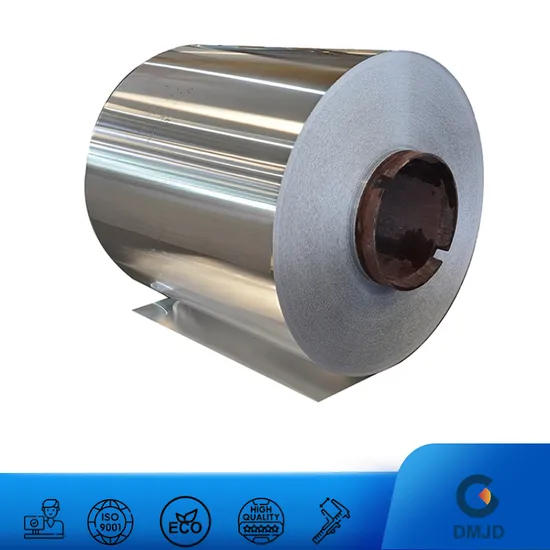
- Transit: During transit, the coils should be protected from exposure to corrosive elements, such as salt spray or industrial pollutants. Transport companies must be informed ahead of schedule.
Compliance and Certification: FAA, NASA and SAE regulations
Adherence to relevant industry standards and regulations is essential for ensuring the quality and safety of aerospace-grade aluminum coil packaging. These may include:
- FAA (Federal Aviation Administration) Regulations:The code of federal regulations sets packaging standards for aircraft materials, including labeling and safety requirements.
- NASA (National Aeronautics and Space Administration) Standards: NASA has strict material handling guidelines for components that are part of space missions. Packaging procedures must conform to the requirements for materials entering controlled environments.
-
SAE (Society of Automotive Engineers) Standards: SAE develops standards for the use of materials in aerospace. Standard Type Description Aerospace Standards Standards for materials used in aerospace applications. Ground Vehicle Sets standards for ground operations vehicles. USCAR The United States Council for Automotive Research (USCAR) is a collaborative technology company that develops standards for automative products and materials. Aerospace Quality Standards provides ongoing improvements for manufacturers and suppliers.
- ISO 9001: A quality management system standard that demonstrates an organization’s commitment to quality and customer satisfaction.
Customization and Special Requirements

While general packaging standards provide a framework, specific applications or customer requirements may necessitate customized solutions. These could include:
- Custom Coil Weights and Dimensions: Tailoring the packaging to accommodate non-standard coil sizes can optimize space utilization and reduce shipping costs.
- Special Inner Diameters and Outer Diameters: Adjusting the core size and outer packaging dimensions to meet specific manufacturing requirements.
- Unique Surface Finishes: Implementing additional protective measures for coils with delicate or sensitive surface finishes.
Data Table: Aluminum Alloys
Alloy No. UNS EN Description Aerospace/Marine Grade 2024 A92024 AW-2024 Aircraft + Aerospace Grade Yes 2124 A92124 AW-2124 Aircraft + Aerospace Grade Yes 2219 A92219 AW-2219 Aircraft + Aerospace Grade Yes 5052 A95052 AW-5052 Aerospace + Marine Grade Yes 5059 A95059 AW-5059 Aerospace + Marine Grade Yes 6013 A96013 AW-6013 Aircraft + Aerospace Grade Yes 6061 A96061 AW-6061 Aerospace + Marine Grade Yes
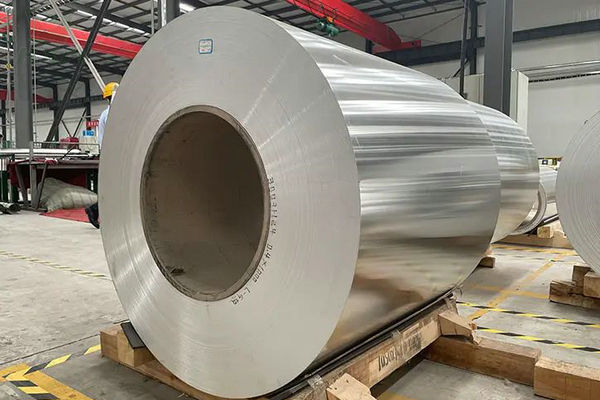
| 6063 | A96063 | AW-6063 | Aerospace + Marine Grade | Yes |
| 7050 | A97050 | AW-7050 | Aircraft + Aerospace Grade | Yes |
| 7075 | A97075 | AW-7075 | Aircraft + Aerospace Grade | Yes |
| 7475 | A97475 | AW-7475 | Aircraft + Aerospace Grade | Yes |
The Future of Aerospace-Grade Aluminum Coil Packaging
As the aerospace industry continues to evolve, so too will the packaging standards for aluminum coil. Future trends and innovations may include:
- Smart Packaging: Integrating sensors and tracking devices into the packaging to monitor temperature, humidity, and shock levels during transit, providing real-time data on the coil’s condition.
- Sustainable Packaging: Utilizing more environmentally friendly packaging materials, such as recycled or biodegradable options, to reduce the industry’s environmental footprint.
- Advanced Coating Technologies: Developing new coating technologies that provide enhanced corrosion protection and resistance to wear and tear, further extending the coil’s lifespan.
- Digitalization and Traceability: Implementing digital platforms and blockchain technologies to improve the traceability of aluminum coils throughout the supply chain, enhancing transparency and accountability.
Conclusion
Adhering to aerospace-grade aluminum coil packaging standards is crucial for ensuring the material integrity, and meeting compliance requirements. By selecting appropriate materials, implementing rigorous procedures and meeting FAA and NASA standards, industries can minimize risks, maximize benefits, and foster innovation.
